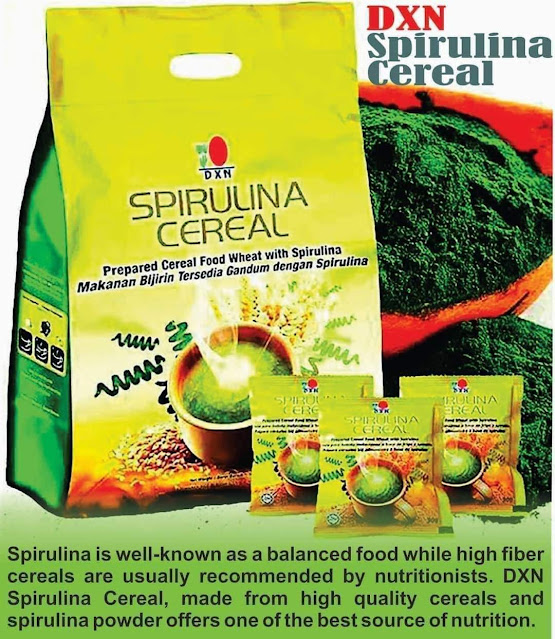Cholesterol is one of the most familiar medical words today. Everyone knows “something” about it , but mostly cholesterol is associated in our mind with something “bad” and “unwanted” that happens to old and overweight people.The facts show that about 20 percent of the U.S. population has high blood cholesterol levels.
Actually holesterol is a waxy, fatlike substance (lipid) that your body needs for many important functions, such as producing new cells , some hormones, vitamin D, and the bile acids that help to digest fat.. It is present in cell walls or membranes everywhere in the body, including the brain, nerves, muscle, skin, liver, intestines, and heart.
In fact our bodies need cholesterol to function normally, but too much cholesterol can be bad for our health. Why ? Cholesterol and other fats can't dissolve in the blood. They have to be transported to and from the cells by special carriers. Cholesterol travels through your blood attached to a protein. This cholesterol–protein package is called a lipoprotein. Lipoproteins are high density or low density depending on how much protein there is in relation to fat.
Low-density lipoprotein (LDL) is the major cholesterol carrier in the blood. If too much LDL cholesterol circulates in the blood, it can slowly build up in the walls of the arteries feeding the heart and brain. Together with other substances it can form plaque, a thick, hard deposit that can clog those arteries. When the coronary arteries become narrowed or clogged by cholesterol and fat deposits (a process called atherosclerosis) and cannot supply enough blood to the heart, the result is coronary heart disease. If the blood supply to a portion of the heart is completely cut off by total blockage of a coronary artery, the result is a heart attack. This is usually due to a sudden closure from a blood clot forming on top of a previous narrowing. Low-density lipoprotein cholesterol is called "bad" cholesterol because it can cause cholesterol buildup and blockage of your arteries. LDL is mostly fat with only a small amount of protein.
About one-third to one-fourth of blood cholesterol is carried by high-density lipoprotein (HDL). Medical experts think HDL tends to carry cholesterol away from the arteries and back to the liver, where it's passed from the body. Some experts believe HDL removes excess cholesterol from plaques and thus slows their growth. HDL is called "good" cholesterol because it helps prevent cholesterol from building up in your arteries. It is mostly protein with only a small amount of fat.
Since there is good cholesterol and bad cholesterol it is not only necessary to know your cholesterol level ,it is also important to know your levels of LDL and HDL.
The fact is that there are no symptoms of high cholesterol. Your first symptom of high cholesterol could be a heart attack or a stroke. The level of cholesterol can be measured only with a blood test.The results come as three main numbers:
Total Cholesterol · LDL · HDL
- The level of LDL should be less than 160.
- Total cholesterol should be less than 200.
- The level of HDL should be more than 35.
Most Important:
Your LDL level is a good indicator of your risk for heart disease. Lowering LDL is the main aim of treatment if you have high cholesterol. In general, the higher your LDL level, the greater your chance of developing heart disease.
Remember:
Regular cholesterol tests are recommended to find out if your cholesterol level is within normal range.
WHAT CAN YOU DO ABOUT YOUR LDL CHOLESTEROL LEVELS?
The main cause of high blood cholesterol is eating too much fat, especially saturated fat. Saturated fats are found in animal products, such as meats, milk and other dairy products that are not fat free, butter, and eggs. Some of these foods are also high in cholesterol. Fried fast foods and snack foods often have a lot of fat.
Being overweight and not exercising can make your bad cholesterol go up and your good cholesterol go down. Regular physical activity can help lower LDL (bad) cholesterol and raise HDL (good) cholesterol levels. It also helps you lose weight. You should try to be physically active for 30 minutes on most, if not all, days.
Cigarette smoking damages the walls of your blood vessels, making them likely to have cholesterol rich plaques rupture and have heart attacks. Smoking may also lower your level of HDL cholesterol by as much as 15 percent.
Also, after women go through menopause, their bad cholesterol levels tend to go up. There is also a rare type of inherited high cholesterol that often leads to early heart disease.Some people inherit a condition called familial hypercholesterolemia, which means that very high cholesterol levels run in the family.Other people, especially people for whom diabetes runs in the family, inherit high triglyceride levels. Triglycerides are another type of blood fat that can also push up cholesterol levels. People with high blood triglycerides usually have lower HDL cholesterol and a higher risk of heart attack and stroke. Progesterone, anabolic steroids and male sex hormones (testosterone) also lower HDL cholesterol levels.
So we can make a conclusion that the main therapy is to change your lifestyle. This includes controlling your weight, eating foods low in saturated fat and cholesterol, exercising regularly, not smoking and, in some cases, drinking less alcohol.
But , depending on your risk factors, if healthy eating and exercise don't work after about 6 months to 1 year, your doctor may suggest medicine to lower your cholesterol level.
Now there are very effective natural medications called “GANOTHERAPY”




































